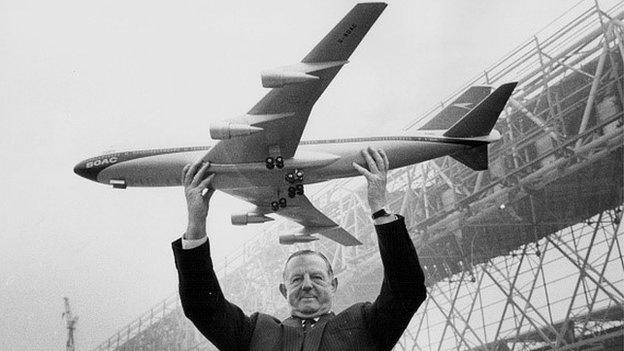What about other UK airports' expansion plans?
- Published
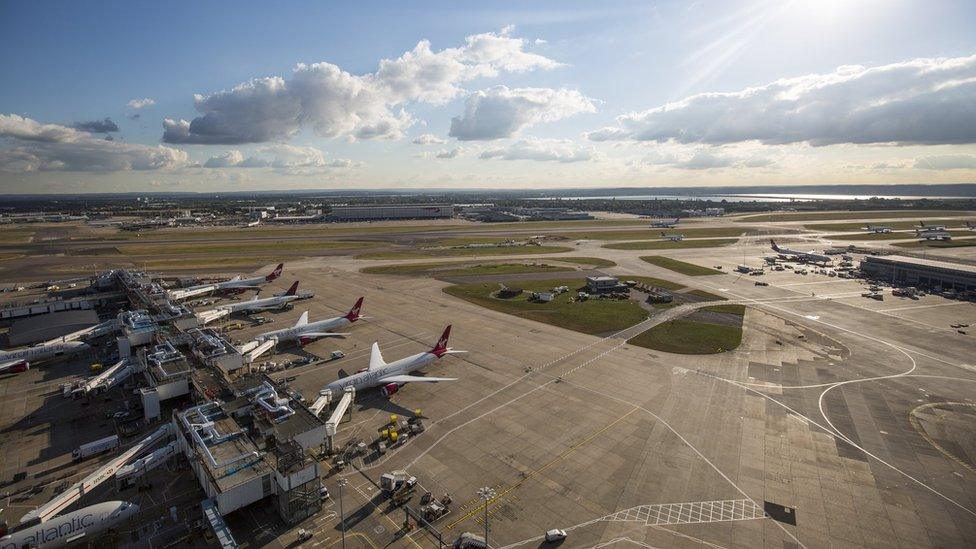
Away from Heathrow, what are the UK's other major airports planning?
The government may have decided to go ahead with Heathrow's third runway, but that doesn't mean the debate is over.
Protest groups and local councils are already vowing to oppose it all the way, and some say a third runway is unlikely to be completed before 2030 because of the planning and environmental issues.
But as air travel is expected to continue growing significantly in the first half of the 21st Century, how are the UK's other major airports planning to expand?

Gatwick: A second runway
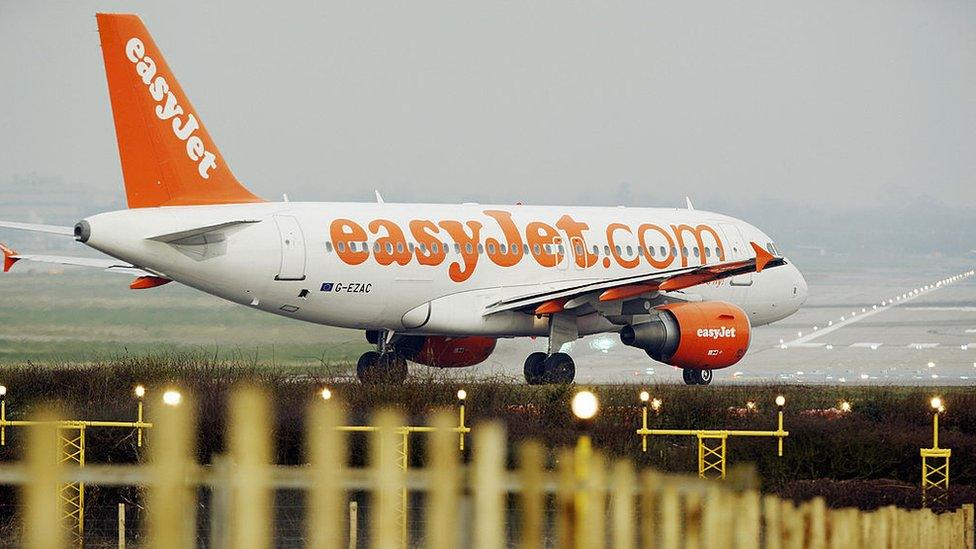
Gatwick says it already has funding in place to go ahead with its second runway
Gatwick is the UK's second-busiest airport, handling 40 million passengers a year on one runway, according to Civil Aviation Authority (CAA) figures, external. And even before the government's Heathrow announcement, the airport's chief executive, Stewart Wingate, was arguing for a second runway at Gatwick.
Mr Wingate says the barriers and obstacles - especially noise and air quality - to building at Heathrow mean a new runway will prove impossible.
"There is one reason why Heathrow has repeatedly tried and failed to expand - its location," he says.
In its 2015 report, the Airports Commission rejected Gatwick, saying that a new runway was "unlikely to provide as much of the type of capacity which is most urgently required - long-haul destinations in new markets".
Responding to the go-ahead for Heathrow, Mr Wingate said: "We are disappointed as we do not believe this is the right answer for Britain."
Gatwick bosses argue that their second runway could be built for half the estimated cost of a new Heathrow runway - and in operation sooner. They have already lined up the US construction firm Bechtel to do the work.
Bechtel has considerable experience working in the UK: it was involved with the construction of the Channel Tunnel; the HS1 rail link; and is currently working on completing London's Crossrail project.
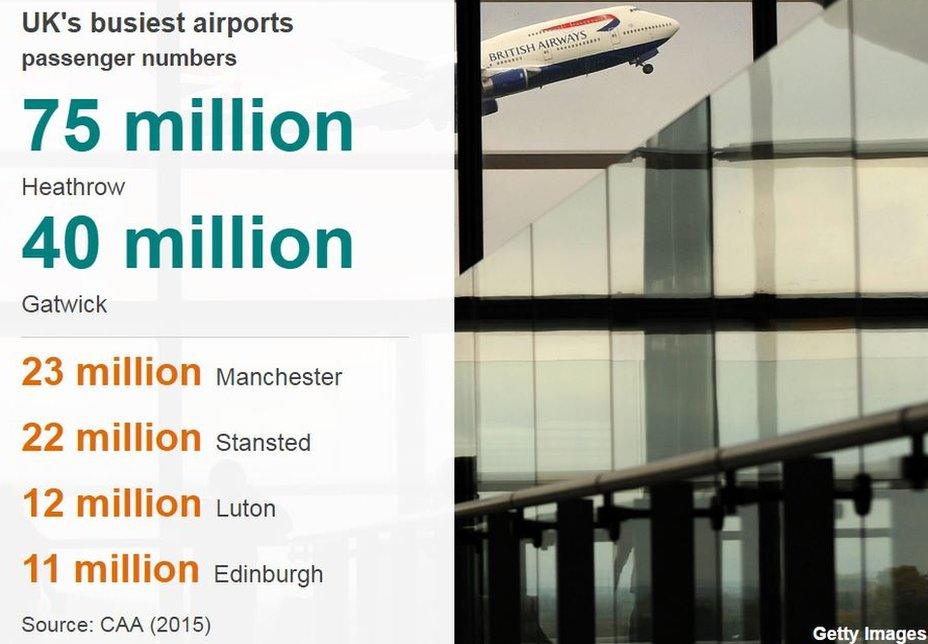
A 30-year agreement not to build a new runway at Gatwick expires in 2019. Mr Wingate and his team say a new terminal and second runway could be complete by 2025 and would be "fully privately funded".
But Gatwick also faces its own opposition from local groups and politicians - while critics wonder whether Gatwick would actually be able to finance the project privately.
There's a question, too, over how much support the project has received from major airlines, and whether south-east England really needs two new runways.

Manchester: Northern gateway
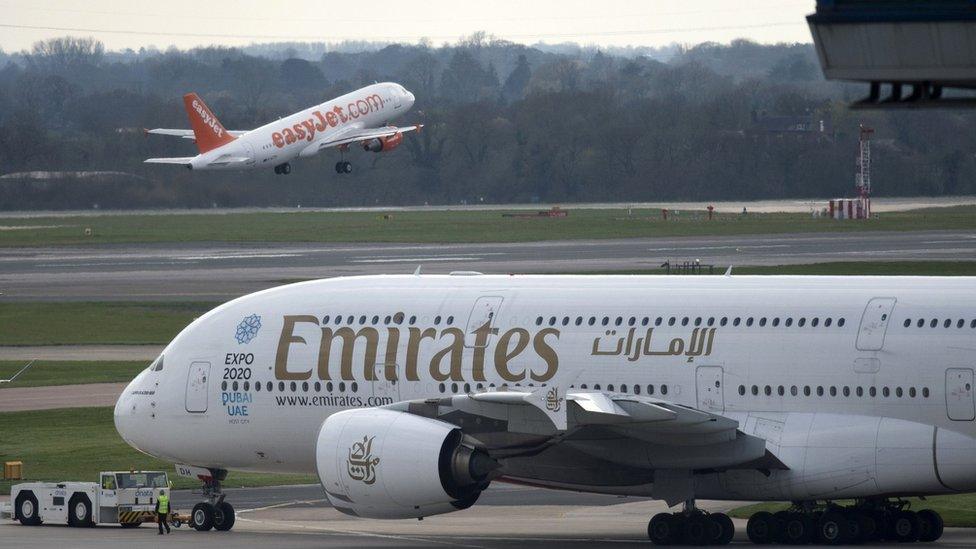
Manchester airport already has two runways, giving it significant capacity for growth
Manchester airport is already the country's third busiest. Unlike Gatwick it already has two runways, giving it significant capacity for growth.
Last year, Manchester Airports Group (MAG), which owns Stansted, Manchester, East Midlands and Bournemouth airports, announced a 10-year £1bn expansion programme to improve and expand the existing terminals, including a new security hall and pre-flight customs clearance for travellers to the US.
The airport already serves more than 70 airlines and has more than 200 short and long-haul destinations. It is the only UK airport outside London with direct routes to destinations such as Miami, Hong Kong, Jeddah, Singapore, Atlanta, Washington and Boston.
"Aviation growth is just as important outside of London and the South East, not least at Manchester, given its critical role in the region," says MAG chief executive Charlie Cornish.
"Manchester Airport will connect the Northern Powerhouse to global markets - boosting the region's economy by around £10bn - far more than any other airport."
High speed rail, in the form of HS2 and an east-west link dubbed HS3, is also key for both Manchester airport and the wider region.
The airport is important "not just for Manchester but for the whole of the North of England," says Transport Minister Andrew Jones, confirming that the government is developing plans for HS3 alongside HS2, saying: "We are looking at integration of the two."
MAG had warned the government that if it allowed both Heathrow and Gatwick expansion to go ahead, it could face a legal challenge.
The company said the Airports Commission only fully examined the case for one new runway to be built before 2030 (though the Commission did conclude two would be needed to fulfil demand by 2050).
Other airports have not been given the chance to make their own pitches for airport expansion after 2030, something that should happen before a second new runway gets approval, said the firm.

Stansted: Under-used runway
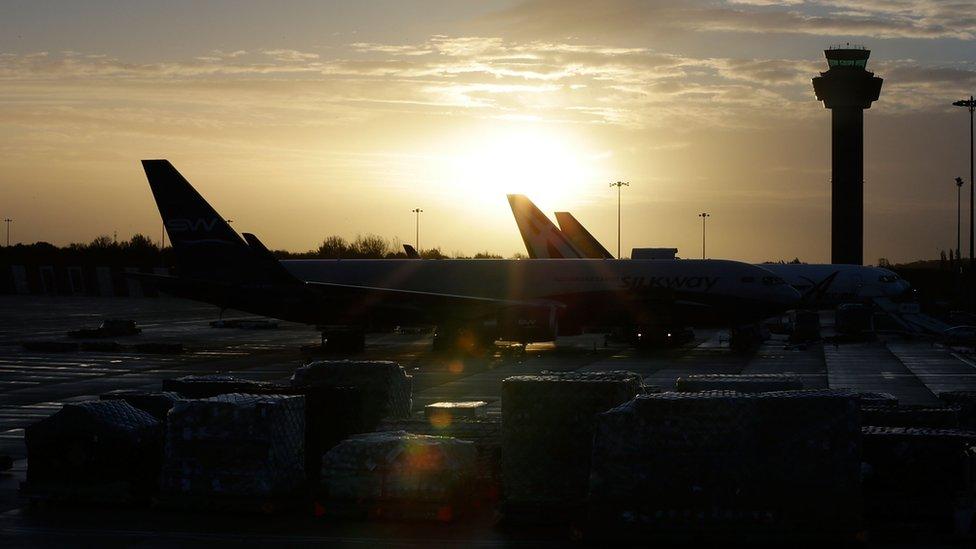
Could Stansted be a realistic alternative to Heathrow and Gatwick?
Stansted airport is the UK's fourth-busiest in terms of passenger numbers, but it didn't make it to the Airports Commission shortlist. However, the Commission did say there was likely to be a case for considering the potential for a new runway by 2050.
Stansted's owners, MAG, argue that the airport is in a "sweet spot" between the London and the UK's fastest-growing region, East Anglia, and is thus best placed to meet London's future needs.
Henri Pageot, a former facilities planning director at BAA (which previously owned Heathrow, Gatwick and Stansted) says a new runway at Stansted should be built sooner rather than later - instead of focusing on Heathrow.
Mr Pageot, a civil engineer, was responsible for the planning and specification of Heathrow's Terminal 4, Terminal 5, Gatwick's North terminal and the current development of Stansted.
"The UK should expand Stansted because it would be faster to achieve, strategically more logical, and would be a more long-term solution to the problem of UK airport capacity and associated access, than either Heathrow or Gatwick," he says.
His proposal is to build a new short-haul runway and terminal that would free up the existing long-haul 3,000m (9,840ft) runway for international traffic (currently this is running at 57% capacity).
Mr Pageot's view is that given the growth in the Asia-Pacific market, long-haul business travellers from China are likely to want good access to manufacturing in the Midlands, Cambridge and its growing IT hub, as well as to the Felixstowe container port and the City of London.

Luton: Better rail links
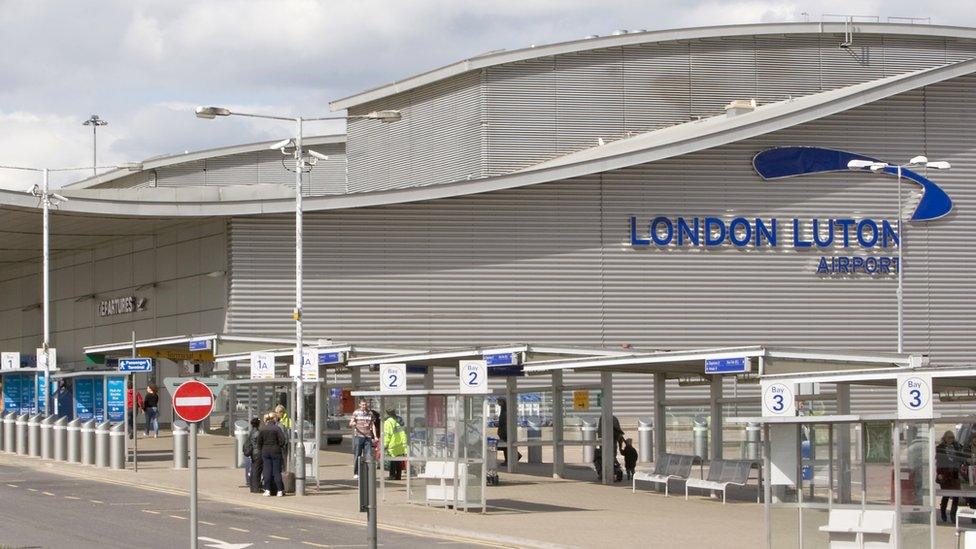
Travellers at Luton still have to rely on shuttle buses to the nearest train station
For travellers using public transport at Luton airport, the main bugbear has been that it does not have an integrated railway station. At the moment, passengers who don't come by car have to get a shuttle bus to nearby Luton Parkway station.
However, this April, the airport announced plans for a £200m light railway system linking the two. When it is complete, passengers will be able to travel between London St Pancras and the terminal in under 30 minutes.
But airport bosses - along with the CBI, Federation of Small Businesses and EasyJet - say that more fast trains from central London, external are crucial to the airport's future growth.
Luton is currently the UK's fastest-growing airport in terms of passenger numbers (up 17% last year, according to the CAA) and is now undertaking a £110m redevelopment project that should increase its capacity by 50% to 18 million passengers a year by 2020.
"Rail service improvements are needed to ensure that this capacity can be efficiently and sustainably used," says airport chief executive Nick Barton.
"Luton is at the intersection of two strategically important economic corridors: from north to south, and from east to west, between the high employment and high-skill Cambridge and Oxford corridor," he says.
"There is a clear economic and social benefit to improving connectivity in the region."

Edinburgh: International growth
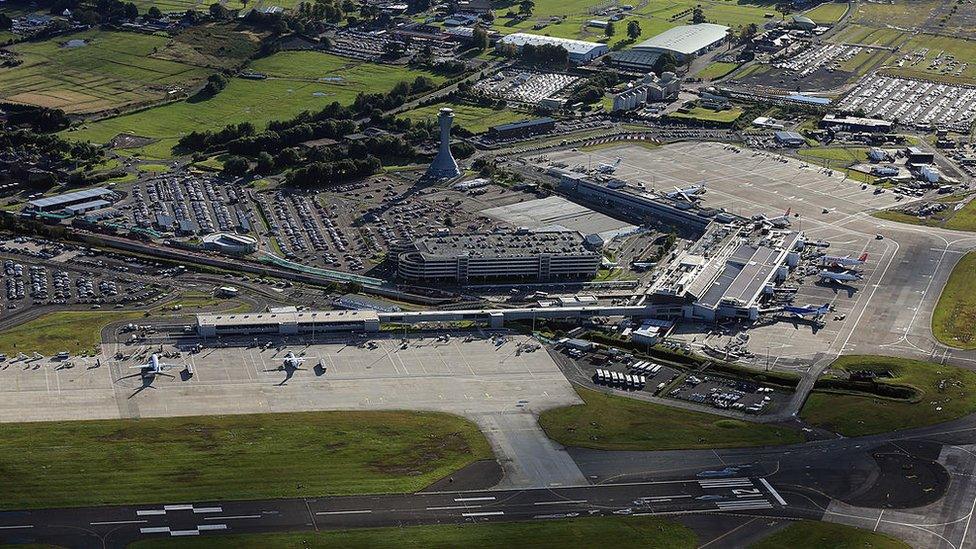
Being just a feeder for London's airports is not an option, says Edinburgh airport's boss
With two runways, Edinburgh is Scotland's busiest airport and comes in at number six in the UK rankings.
The airport contributes nearly £1bn to the Scottish economy ever year and supports more than 23,000 jobs across the country, according to a recent study by Biggar Economics, external.
Reacting to the Heathrow announcement, Edinburgh Airport chief executive Gordon Dewar said "Heathrow's expansion risks a monopolised market which is bad for passengers".
Scotland's airports are less dependent on London than they have ever been, said Mr Dewar, adding that "our passengers tell us that they want to fly directly".
Much of the airport's growth over the past three years has come from international travellers, and last month the number of international passengers was up by 21.5% compared with September 2015.
Scotland's airports should "no longer need to think of ourselves as feeder airports for London," he said.
The airport is currently in the middle of a five-year £150m investment programme. Since 2014 it has had a tram link to Edinburgh city.
In December 2016, the £41m Edinburgh Gateway station is scheduled to open, allowing rail passengers to reach the city's airport more easily.
The airport is also urging the Scottish government to give greater clarity on its long-promised cut in Air Passenger Duty (APD).
A 50% cut in APD would mean an additional 18 million passengers using Scotland's airports by 2021 - giving a significant boost to the economy, it argues.

Birmingham: HS2 boost
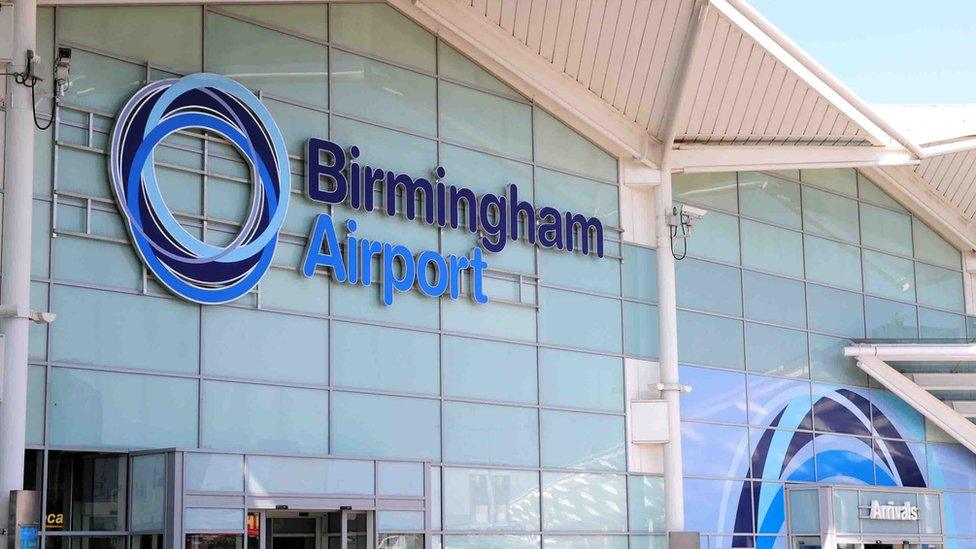
Being part of the HS2 network would drastically shrink journey times to London from Birmingham
It is possible that Birmingham, which is currently the UK's seventh-busiest airport in passenger numbers, could be slated for future expansion thanks to high speed rail developments that will cut journey times into central London.
Last month the airport announced it was spending £100m on improvements to its facilities and infrastructure - on top of the £300m it has invested in recent years - and two years ago it extended its runway to 3,000m.
While the Airports Commission rejected the need for immediate expansion at Birmingham, saying the airport would not be operating at capacity until the mid-2040s, it left the door open for a rethink once the impact of HS2 on travel patterns had become clearer.
Indeed, Howard Davies, who chaired the Commission, wrote this week in the Daily Telegraph, external: "With HS2 in place, Birmingham might indeed be a more interesting option."
Once the rail link is completed, says airport chief executive Paul Kehoe, Birmingham will be "in a unique position" and will become "the UK's only HS2-connected airport, growing the catchment into London with high-speed trains and serving Birmingham from the capital in about 30 minutes.
Nobody, as yet, is suggesting renaming the city's airport "London Birmingham".
Follow Tim Bowler on Twitter@timbowlerbbc, external
- Published26 October 2016

- Published25 October 2016
- Published25 October 2016
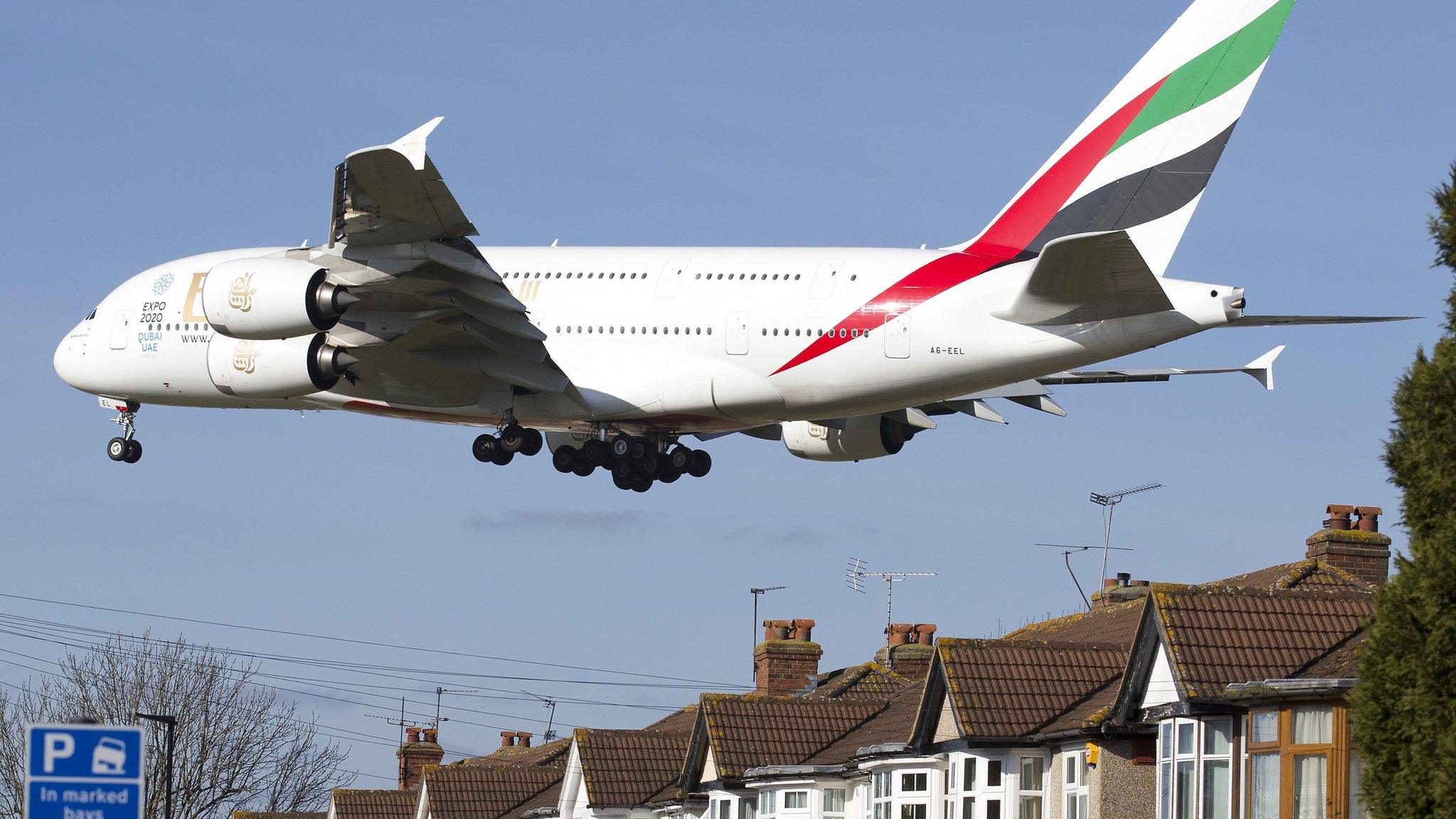
- Published10 October 2016

- Published20 July 2016
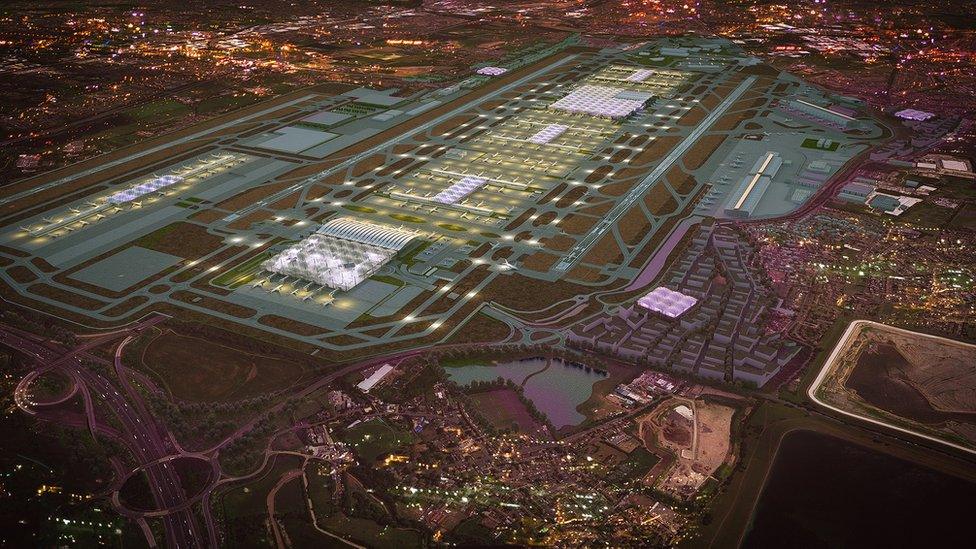
- Published1 July 2015
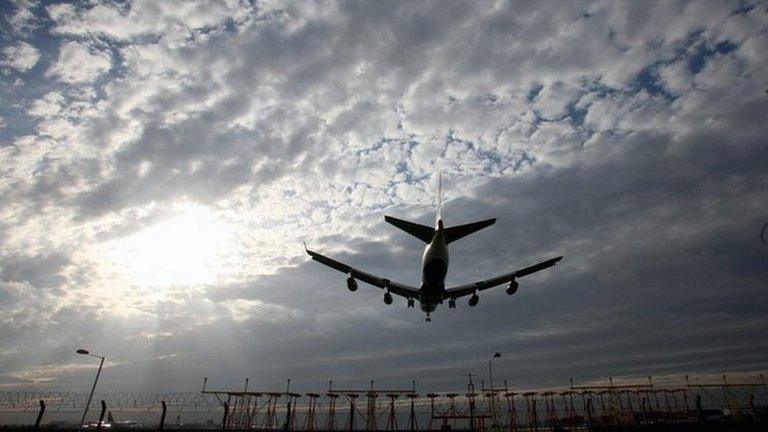
- Published30 June 2015
